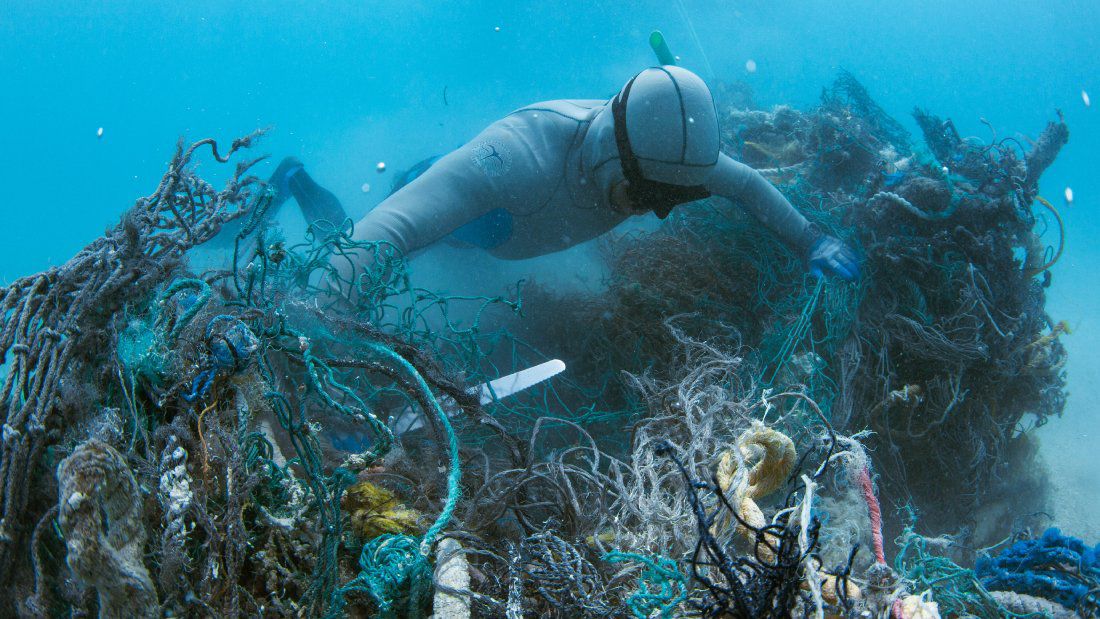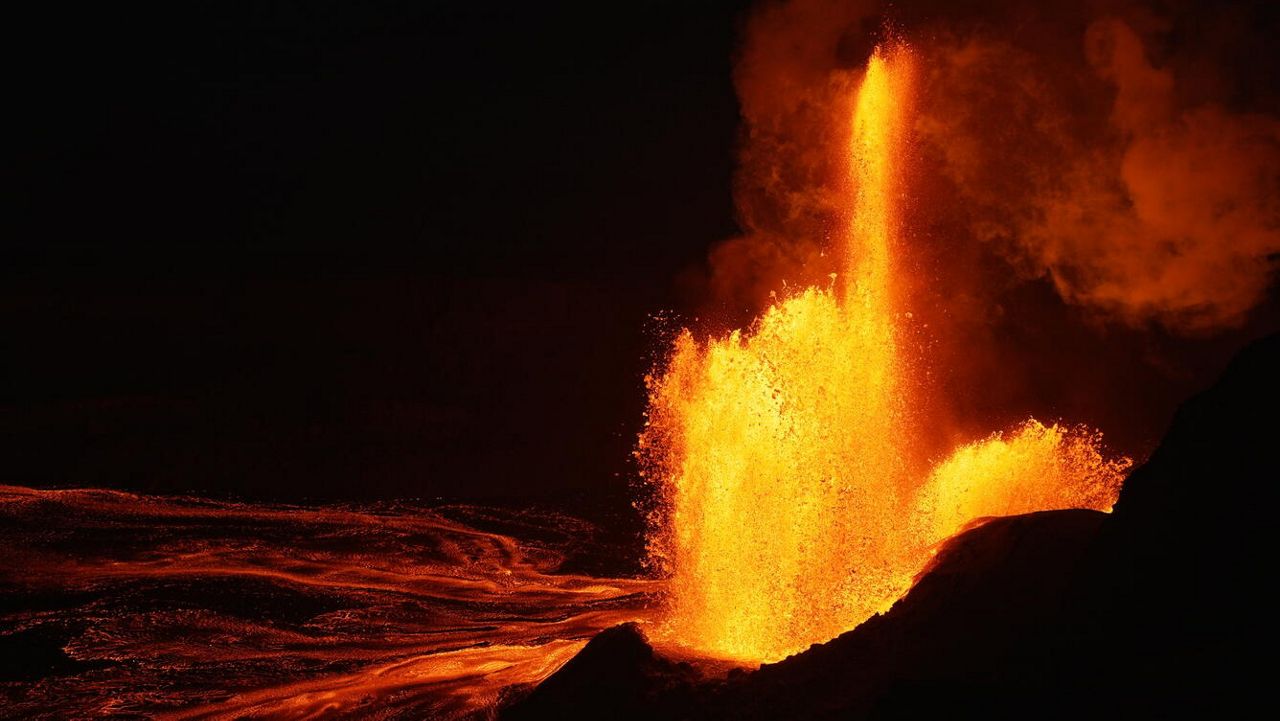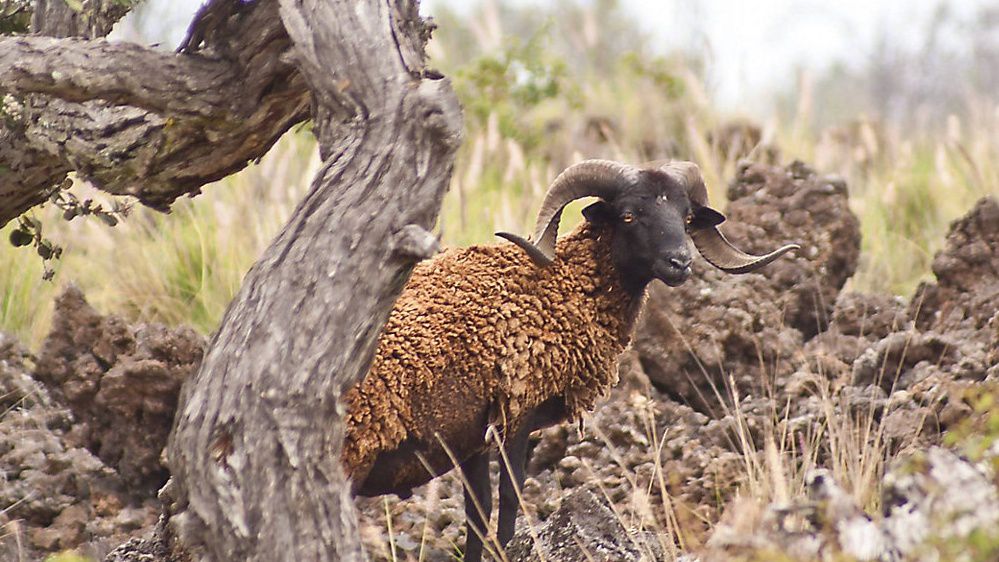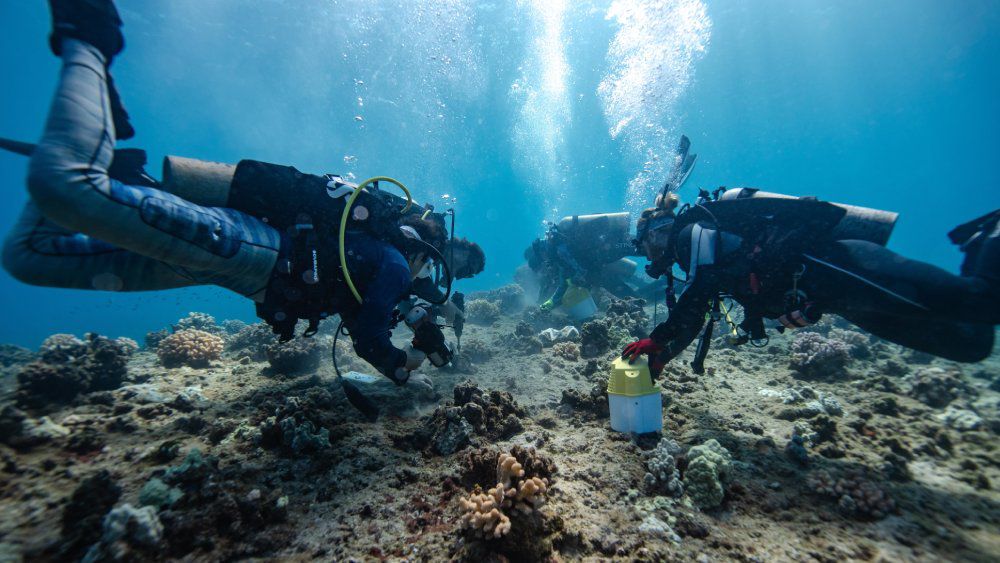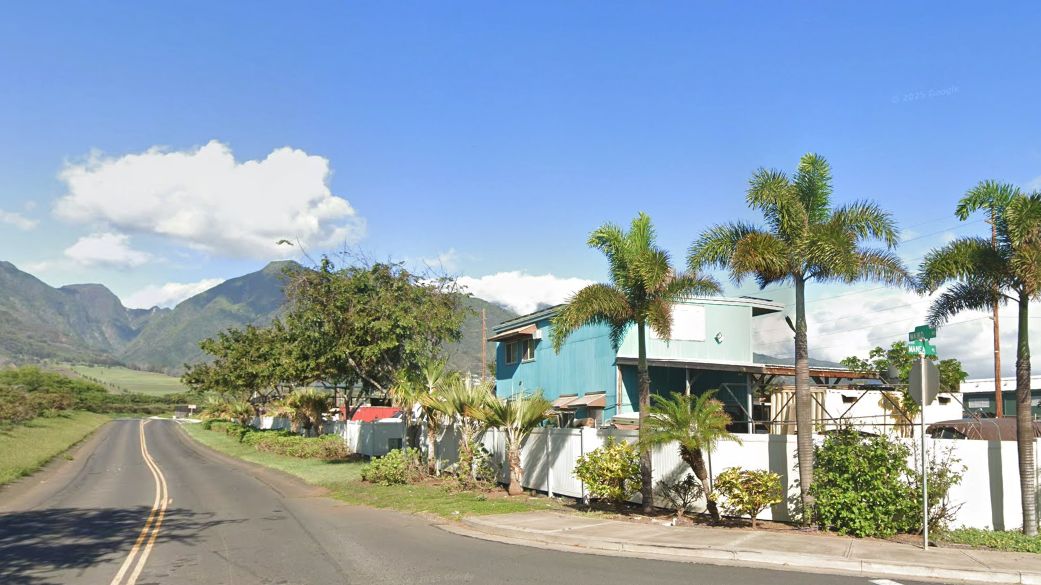On a recent 28-day cleanup expedition to the remote Papahanaumokuakea Marine National Monument (Northwestern Hawaiian Islands), the Honolulu-based nonprofit organization, Papahanaumokuakea Marine Debris Project, reported removing a total of 126,310 pounds or 63 tons of marine debris.
An earlier large-scale cleanup effort in July was also successful and the total collected debris by PMDP stands at 212,410 pounds or 106 tons, according to a news release.
PMDP conducts multiple cleanup expeditions each year in the remote Hawaiian islands, reefs and atolls of Papahanaumokuakea to reduce risk of entanglement of wildlife, mitigate coral and reef damage, and minimize plastic ingestion for seabirds.

This latest effort involved a team of 16 free divers and small boat operators cleaning up Lalo (French Frigate Shoals), Kamokuokamohoalii (Maro Reef), Holaniku (Kure Atoll), and Manawai (Pearl and Hermes Atoll) with the primary focus on Manawai, which sits nearly 1,200 miles from Honolulu.
The 19-mile-long atoll encircles a 90,000-acre lagoon of calm water that’s home to extensive coral gardens growing to within one foot of the ocean surface. The maze of reefs creates a sheltered habitat for an array of marine species, but also traps a large amount of floating derelict fishing gear, also known as ghost nets.
Because of its huge size, about half of Manawai’s lagoon area had not been cleaned in over 10 to 15 years, which made it a top priority on this expedition.
Divers had to locate fishing nets, carefully cut them from the reef and then load them onto boats by hand. In seven days, 71,760 pounds of derelict fishing nets were removed.
During the same week, the team freed seven live green sea turtles that had become entangled in ghost nets.

“If we’re seeing this level of animal entanglement and mortality during just a couple of days here, you can imagine how many more of these situations go unseen during the rest of the year,” said PMDP President Kevin O’Brien in the release. “We have an unseen problem on our hands. Out of sight, out of mind.”
The team also removed a derelict boat hull and two derelict buoys that were damaging Manawai’s coral reef
“These larger, heavier items that wash in from elsewhere in the Pacific can have a significant impact too,” said O’Brien. “They bash their way through delicate coral reefs as they drift in from the open ocean and can continue to destroy corals long term when storms or high tides remobilize them and keep them moving around.”

The 126,310 pounds of marine debris removed included:
- 102,310 pounds of ghost nets from the reefs
- 18,145 pounds of ghost nets from shorelines
- 1,030 pounds of shoreline plastics
- 4,825 pounds of larger derelict items (boat and buoys)
PMDP is scaling up their program to “catch up and keep up” with marine debris accumulating in Papahanaumokuakea Marine National Monument by 2027 — “catch up” with the backlog of accumulated debris from 15 years of reduced cleanups, and “keep up” with ghost nets that accumulate on the reefs of the marine national monument, which is about 115,000 pounds each year.
“Marine debris, including derelict fishing gear, impacts the natural and cultural heritage of Papahanaumokuakea Marine National Monument,” said Nicole R. LeBoeuf, assistant administrator of NOAA’s National Ocean Service. “With funding from the Bipartisan Infrastructure Law, we are proud to support this project that builds on NOAA’s more than 20-year legacy of marine debris removal in the monument and helps protect and preserve this unique environment for years to come.”
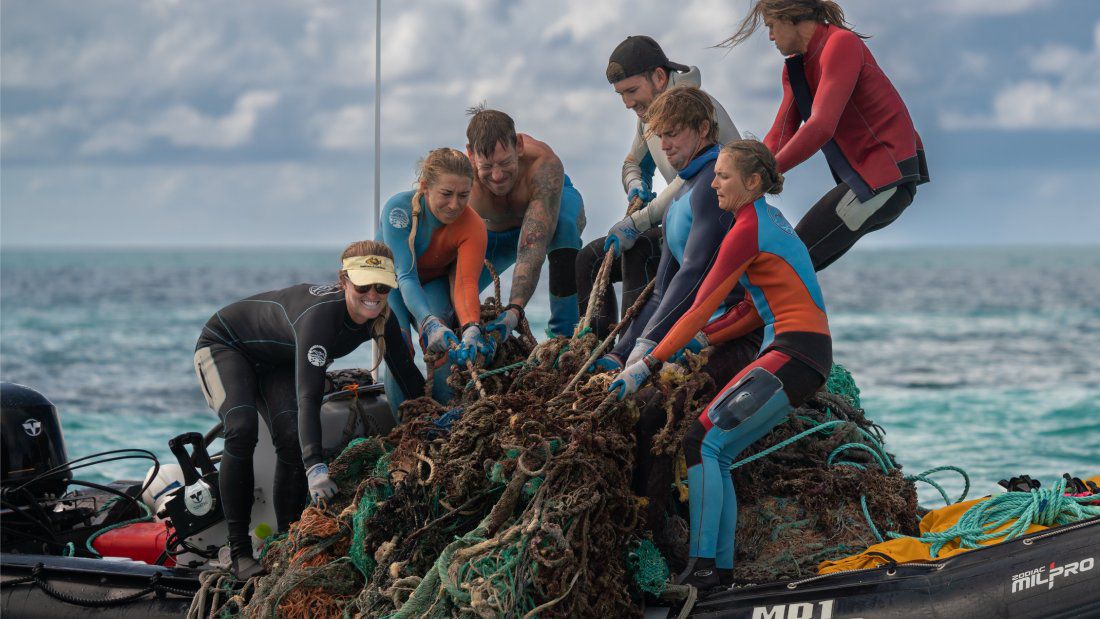
A ”Nets to Energy” partnership with Schnitzer Steel Corporation and Covanta Energy will enable much of the debris collected to be incinerated and generate electricity for hundreds of Oahu homes.
The uninhabited islands, atolls and seamounts of Papahanaumokuakea Marine National Monument sit over 1,200 miles northwest of the main Hawaiian Islands and comprise nearly 75% of the length of the Hawaiian archipelago. It contains 3.5 million acres of coral reefs and is home to 14 million seabirds representing 22 species, as well as thousands of other endangered wildlife species. Twenty-five percent of marine species in PMNM are only found in the Hawaiian archipelago.
Sarah Yamanaka covers events, environmental and community news for Spectrum News Hawaii. She can be reached at sarah.yamanaka@charter.com.





